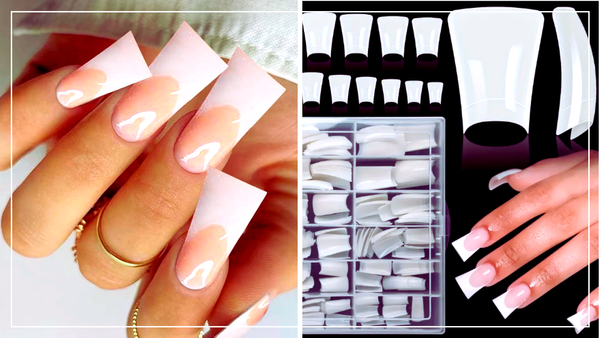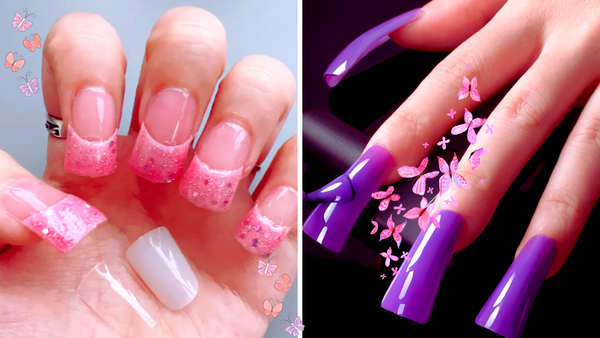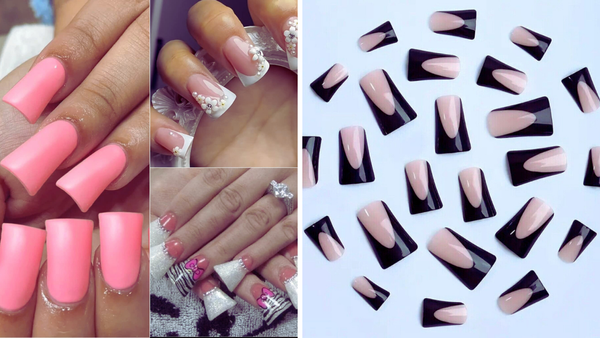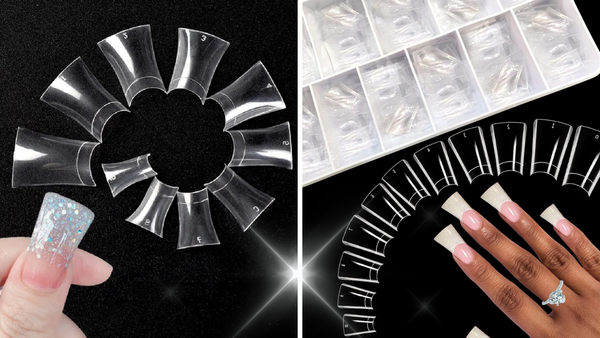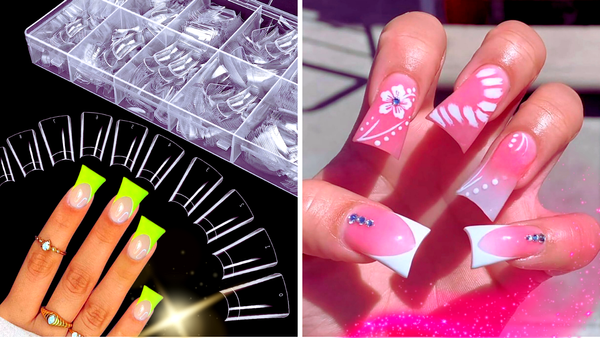Key Takeaways:
- Duck tip nails, with their unique flared shape, can be more susceptible to breaking due to their structure.
- The choice of nail shape significantly impacts the durability and strength of your nails.
- Proper nail care and maintenance can mitigate the risk of breakage, regardless of the nail shape.
Duck tip nails, or flared nails, have made waves in the nail art community. Their distinctive shape, which flares out at the tip, sets them apart from traditional nail shapes like square nails, round nails, and oval nails. But are duck tip nails more prone to breaking? Let's dive into the details and explore the factors that influence the durability of different nail shapes.
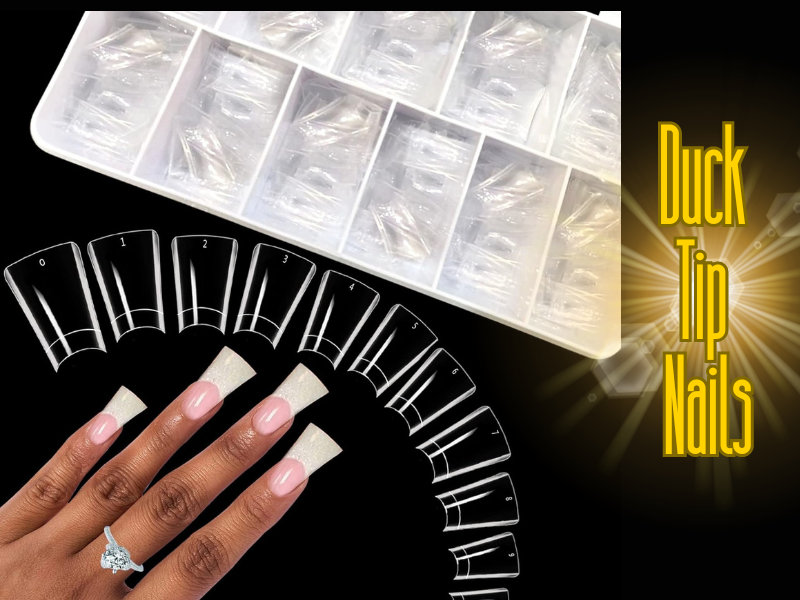
Duck Tip Nails
Duck-tip nails are characterized by their wide, flared tips, which resemble the webbed feet of a duck. This unique shape is achieved by extending the nail bed and creating a flat edge that flares outwards. While this design is eye-catching and allows for creative nail art, it also presents some challenges in terms of durability.
The flared shape of duck tip nails can make them more susceptible to breaking, especially if they are improperly maintained. The wider tip creates more surface area that can catch objects, increasing the likelihood of breakage. Additionally, the flat edge can be more prone to chipping than other nail shapes with rounded corners.
Comparing Nail Shapes
When it comes to nail shapes, there are several popular options, each with its strengths and weaknesses. Square nails, for example, have a straight edge and sharp corners, making them a practical choice for those with an active lifestyle. However, the sharp corners can break if not properly cared for.
Round nails, on the other hand, have a rounded tip that is less likely to catch on objects, making them a more durable option. Oval nails combine the best of both worlds with a rounded shape that is stylish and practical. Stiletto nails, with their sharply pointed tips, are another popular choice, but due to their narrow shape, they can be more prone to breaking.
The Impact of Nail Length
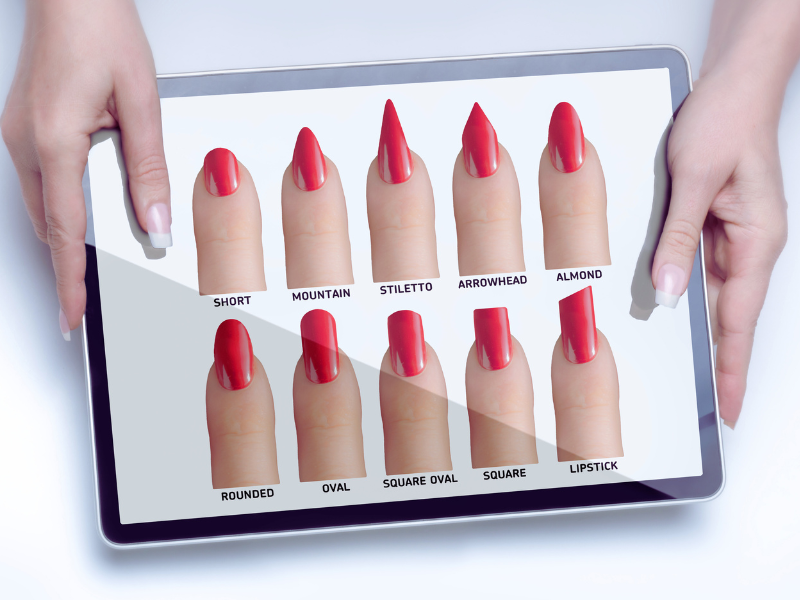
Nail length also plays a significant role in the durability of your nails. Longer nails, regardless of their shape, are generally more prone to breaking compared to shorter nails. This is because longer nails have more surface area that can catch objects and are more likely to experience stress and pressure.
For those with shorter nail beds, shorter nails may be the best option to minimize the risk of breakage. However, if you prefer longer nails, it's important to take extra care to protect them from damage. This includes avoiding activities that can put excessive pressure on your nails and using protective measures like an acrylic overlay.
The Role of Nail Beds
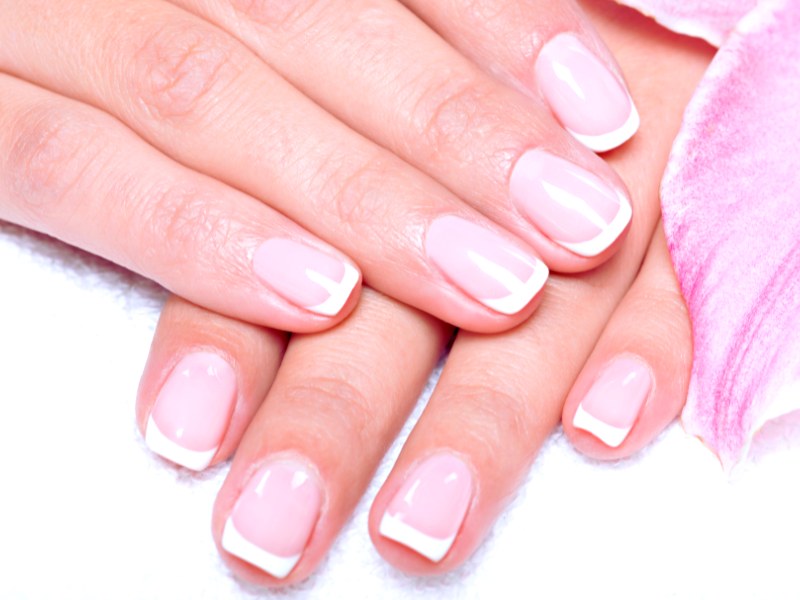
The shape and size of your nail beds can also influence the durability of your nails. Wide nail beds provide a larger surface area for the nail to adhere to, which can help distribute pressure more evenly and reduce the risk of breakage. Narrow nail beds, on the other hand, may be more prone to breaking due to the smaller surface area.
If you have narrow nail beds, choosing a nail shape with rounded corners, such as oval or round nails, can help reduce the risk of breakage. These shapes are less likely to catch on objects and are generally more durable compared to shapes with sharp edges.
Popular Nail Shapes and Their Durability
Different nail shapes offer varying levels of durability. Square nails, with their straight edges and sharp corners, can be more prone to breaking if not properly maintained. However, they are a popular choice for those with an active lifestyle due to their practical design.
Round nails, with their rounded tip, are less likely to catch on objects and are generally more durable. Oval nails, with their combination of rounded and straight edges, offer a stylish and practical option that is less prone to breaking. Stiletto nails, with their sharply pointed tips, are more prone to breaking due to their narrow shape.
Nail Art and Its Impact on Durability
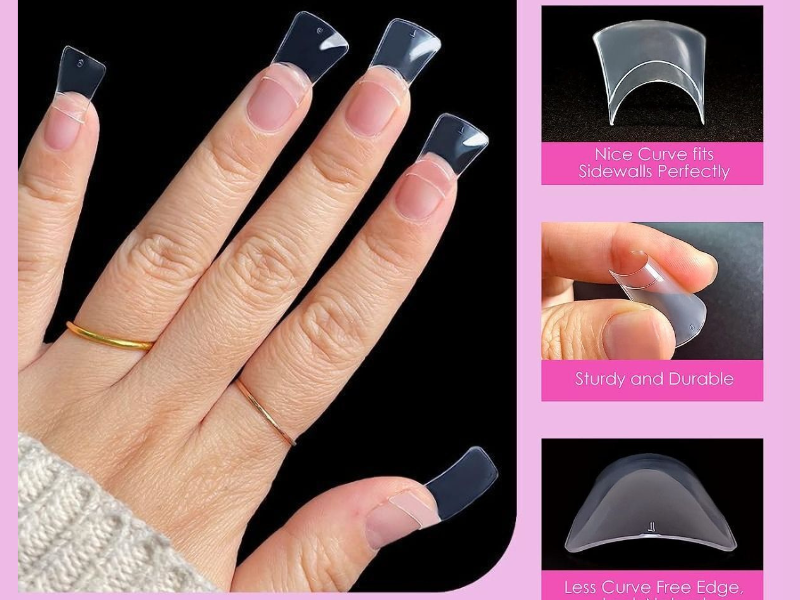
Nail art can add a fun and creative touch to your nails, but it can also impact their durability. Intricate designs and embellishments can create additional surface areas that can catch objects, increasing the risk of breakage. If you enjoy nail art, consider opting for designs that are less likely to catch on objects and using protective measures like a top coat to help reinforce your nails.
Choosing the Best Nail Shape for You
When choosing a nail shape, it's important to consider your lifestyle and personal preferences. If you have an active lifestyle, a practical choice like square or round nails may be the best option. If you prefer a more stylish and unique look, shapes like stiletto or duck tip nails can add a fun and creative touch to your nails.
Ultimately, the best nail shape for you is one that you feel comfortable and confident with. By taking proper care of your nails and choosing a shape that suits your lifestyle, you can minimize the risk of breakage and enjoy beautiful, durable nails.
The Importance of Proper Nail Care
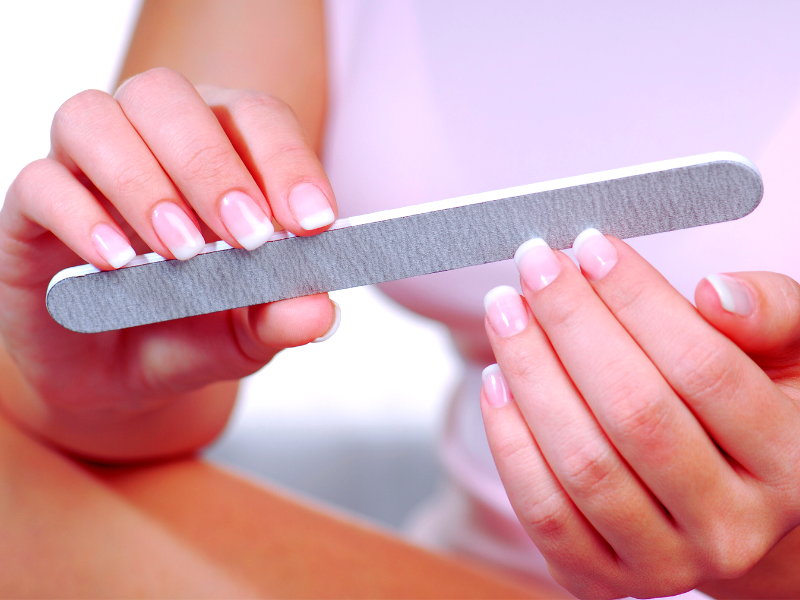
Regardless of the nail shape you choose, proper nail care is essential to minimize the risk of breakage. This includes keeping your nails clean and moisturized, avoiding activities that can put excessive pressure on your nails, and using protective measures like an acrylic overlay.
Regularly trimming and filing your nails can also help prevent breakage by removing any sharp edges or uneven surfaces that can catch on objects. Additionally, strengthening nail polish or treatment can help reinforce your nails and reduce the risk of breakage.
Summary
Duck tip nails, with their unique flared shape, can be more susceptible to breaking due to their structure. The choice of nail shape significantly impacts the durability and strength of your nails. Proper nail care and maintenance can mitigate the risk of breakage, regardless of the nail shape. By understanding the strengths and weaknesses of different nail shapes and properly caring for your nails, you can enjoy beautiful, durable nails that suit your lifestyle and personal preferences.
FAQ
Are duck tip nails more prone to breaking than other nail shapes?
Yes, duck tip nails can be more prone to breaking due to their wide, flared tips that create more surface area that can catch on objects. Proper care and maintenance can help mitigate this risk.
What is the best nail shape for durability?
Round and oval nails are generally considered the most durable due to their rounded corners that are less likely to catch on objects. Square nails can also be durable if properly maintained.
How can I prevent my nails from breaking?
Proper nail care is essential to prevent breakage. This includes keeping your nails clean and moisturized, avoiding activities that put excessive pressure on your nails, and using protective measures like an acrylic overlay or strengthening nail polish. Regularly trimming and filing your nails can also help prevent breakage.




